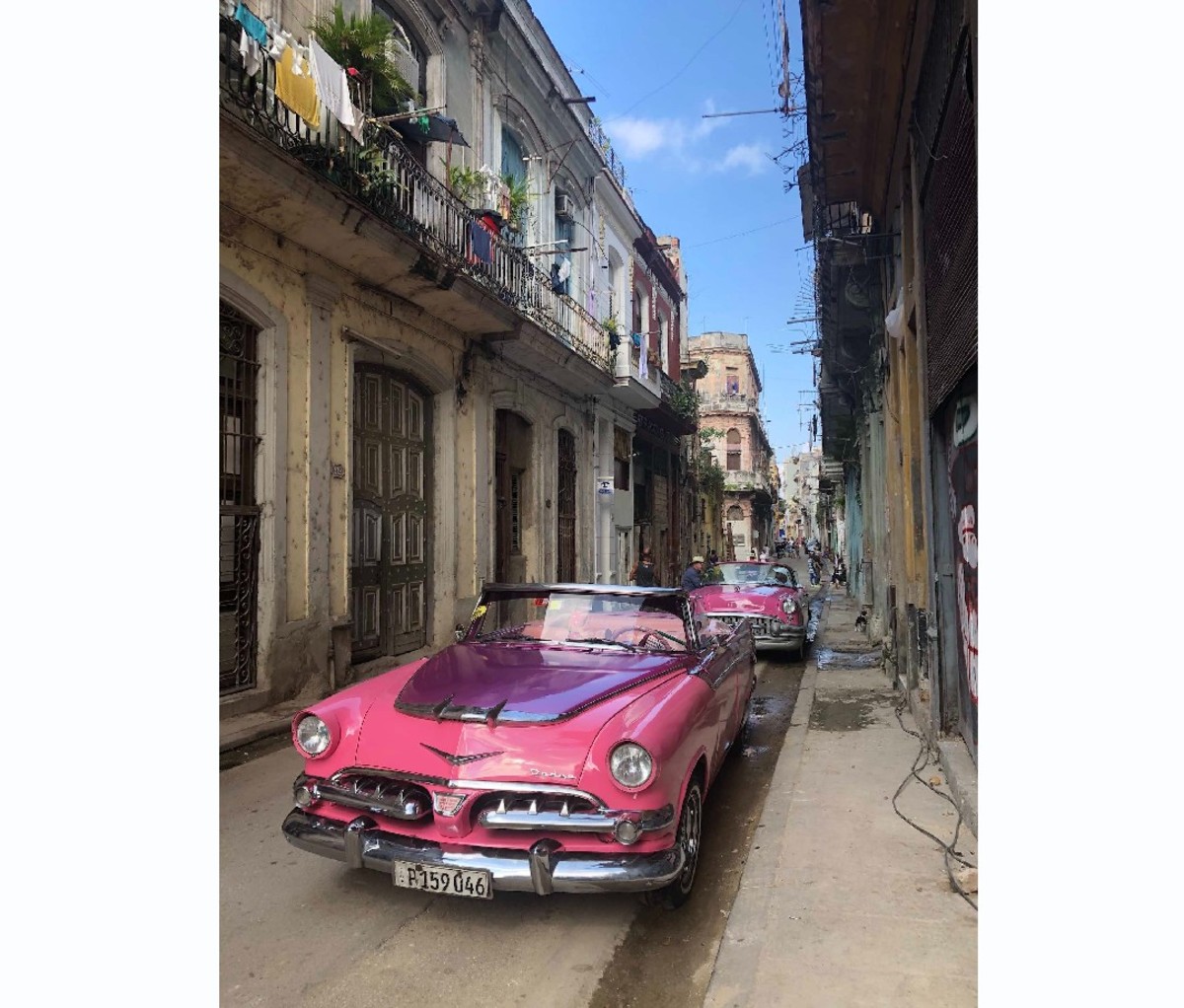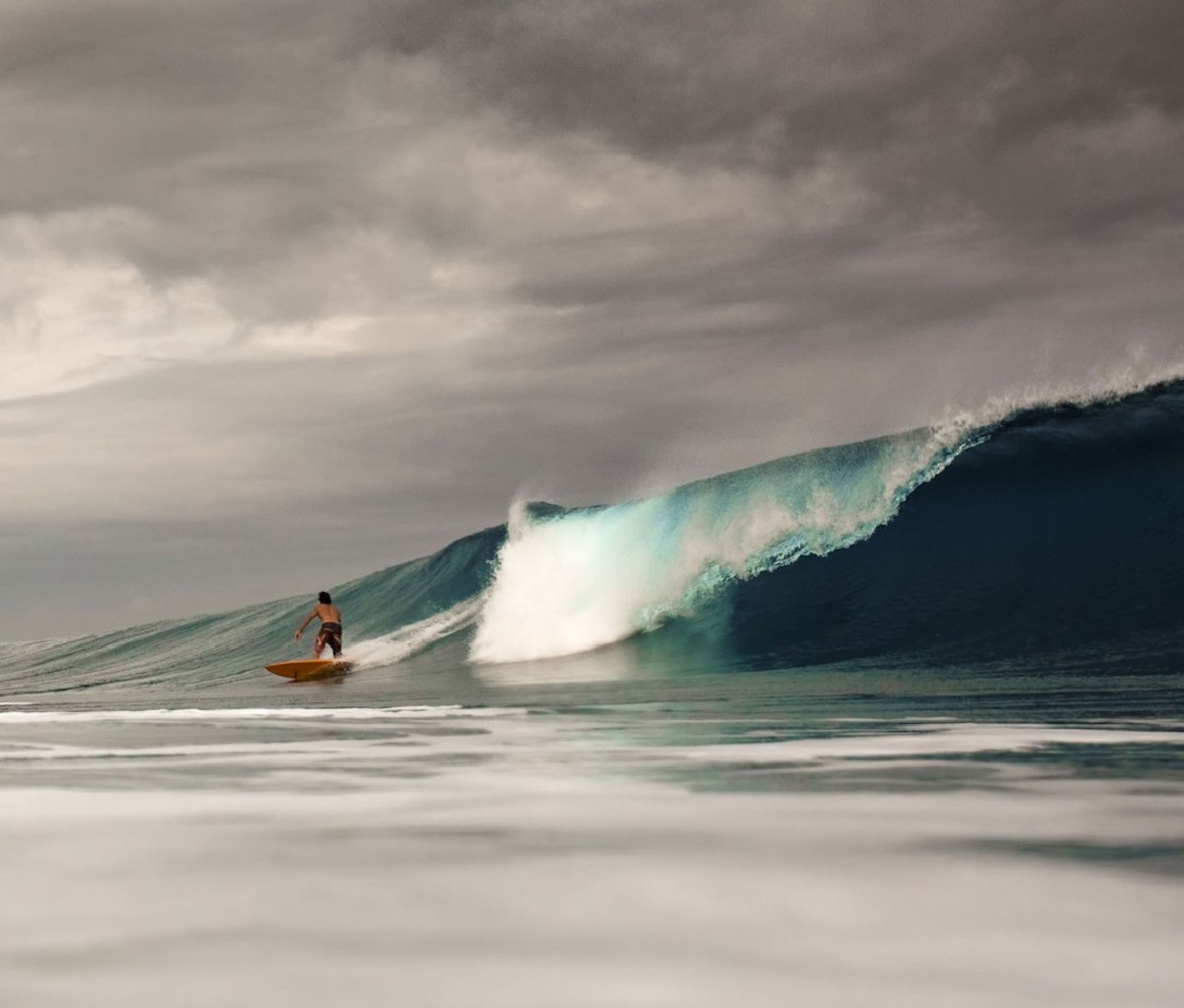As of November 15, the start of tourist season, Cuba is easing its travel restrictions, according to Lonely Planet. This includes stopping requiring COVID tests for vaccinated travelers and no longer requiring mandatory quarantine for all visitors unless they contract the novel coronavirus during their travels. That said, and last updated on July 26, 2021, The U.S. State Department warns visitors against travel there, giving it the highest travel advisory warning: 4. “Do not travel to Cuba due to COVID-19,” it says. “Exercise increased caution in Cuba due to demonstrable and sometimes debilitating injuries to members of our diplomatic community resulting in the drawdown of embassy staff.”
Protests have continued in the largest and most populated country in the Caribbean since mid-July. Most recently, on Nov. 15, The New York Times reported a fizzled nationwide protest called the Civic March for Change, which saw the homes of dissidents surrounded by armed police officers. Protesters planned to continue on their marches that started last summer where they demanded “food, medicine and liberty,” the Times reports. It continues, “In recent days, fearing violence, they toned down their plans.”
With its warm waves, classic cars, and scattered colonial-era buildings, Cuba is a world-class destination. Though the country thrives off tourism—with people staying in its many historic hotels and feasting on the Caribbean and Spanish fare—there’s a push-pull effect between the local economy and the government.
Due to international travel restrictions, Cuba is only allowing direct flights to its capital city, Havana. Because of trade embargoes, the country is still not importing certain goods or services, including cars and planes. Humanitarian supplies are not restricted.
Tourism is allowed in the Caribbean island 90 miles south of Florida but it’s not straightforward. “Travel to Cuba for tourist activities remains prohibited by statute,” says the U.S. Embassy in Cuba. It continues, “However, the Department of Treasury’s Office of Foreign Assets Control (OFAC) has issued general licenses for 12 categories of travel.”
In December 2015, Obama opened the country up to tourism, but in 2019 under Trump, the U.S. banned all flights to Cuba except to Havana. To travel to Cuba, visitors must pick one of a dozen authorized travel categories. (Many outlets recommend using “The Support for the Cuban People” category.) Despite these restrictions, the country continues to welcome visitors. Cubans want Americans to come, but it’s the American policies on Cuba that keep visitors out. That and the ongoing civil unrest. Despite its restricted ports of entry, Cuba is experiencing a period of rapid growth internationally, including millions of Canadians and Europeans who travel there annually.

“We encourage tourism by working solely with the private sector,” Hasta Cuba former spokesperson Max Nelson says. “We support Cuban small business entrepreneurs, like restaurant chefs who are putting their money together to open their businesses. This way, the money that comes in goes directly to the people.”
With a population of 11 million—and the same length as Italy—the country is more extensive than people realize. Even though new buildings are going up, and some old structures are maintained, others are slowly crumbling away. Dating from colonial times up until 1960, much of the country looks like a land where time stands still.
In some areas, construction cranes are busy rebuilding parts of the capital. “What catches people by surprise is how gorgeous Havana is,” Nelson continues. “It has a really rich history. Their economy was great in the ’40s and ’50s, but in the past 60 years, it hasn’t been fixed up. It’s just now getting improved in the last decade or two.”
Cuba is changing every day and it’s that change that makes this the most important time to visit.
Due to hot, humid summers and hurricane season, it’s best to visit Cuba from November through May. And for those who want to see more than the standard tourist affairs—Cuban cigars and taxi rides in 50s-era cars—there are also emerging activities like rock climbing, hiking, surfing, kayaking, and mountain biking.
“People think it’s all Hemingway haunts and Buena Vista Social Club, instead of what new things are happening in Cuba,” Nelson says.

Info on surfing in Cuba is available through SurfLibre.org and MagicSeaWeed.com. Areas include Yumuri, outside the city of Baracoa in the south, and La Setenta, which is just outside Havana.
“The Cuba Unknown” is a film of local legendary surfers Frank and Yaya on how riding waves in their home country changed their lives. Film director Corey McLean told Surf Line that although Havana in the north is the most popular destination for tourists, the other side of the island—despite being less developed—is better for waves. “Southern Cuba is quite good…endless potential. All of these points, reef breaks, and just cove after cove after cove. With a decent swell, that area would have like 20 different spots,” he said.
MTBproject.com describes 11 mountain biking areas, with trails ranging from four to 33 miles. Mountain biking info is available through Mogote Adventure. Free Hub Magazine released a feature story on mountain biking in Cuba and a video. The piece describes riding the tallest mountain in Cuba, Pico Turquino (6,476’), located in the southeast part of the island.
Last year, American climber Sasha DiGiulian visited western Cuba to climb outside the town of Viñales, and she made a video of her ascent of the 5.14 “One Inch Punch.”
The climbing website Mountain Project says the walls surrounding Viñales have more than 250 routes with plenty of potential for more. Viñales has three main spots, Mogote del Valle, which has many easy lines and also many hard ones, El Palenque, known for its large caves and tufa climbing, and La Costanera with its 30 routes.
“There’s no mainstream culture here of doing these adventure sports, but now there’s this thriving community there that is pushing for new adventures,” Nelson says.
For info on kayaking in Cuba, see these stories in Men’s Journal. Areas described include Guama, in the south, and Cienfuegos, Guajimico, and Hanabanilla in central Cuba.
As for hiking, Lonely Planet recommends several areas known for their “mist-cloaked valleys, looming mogote hills and biologically rich reserves.” These include the Varahicacos Ecological Reserve on a narrow peninsula in the north, plus trails in Viñales, and hiking to the summit of Pico Turquino.
“Because of this explosion of interest and change, now is the best time to visit,” continued Nelson.
For access to exclusive gear videos, celebrity interviews, and more, subscribe on YouTube!